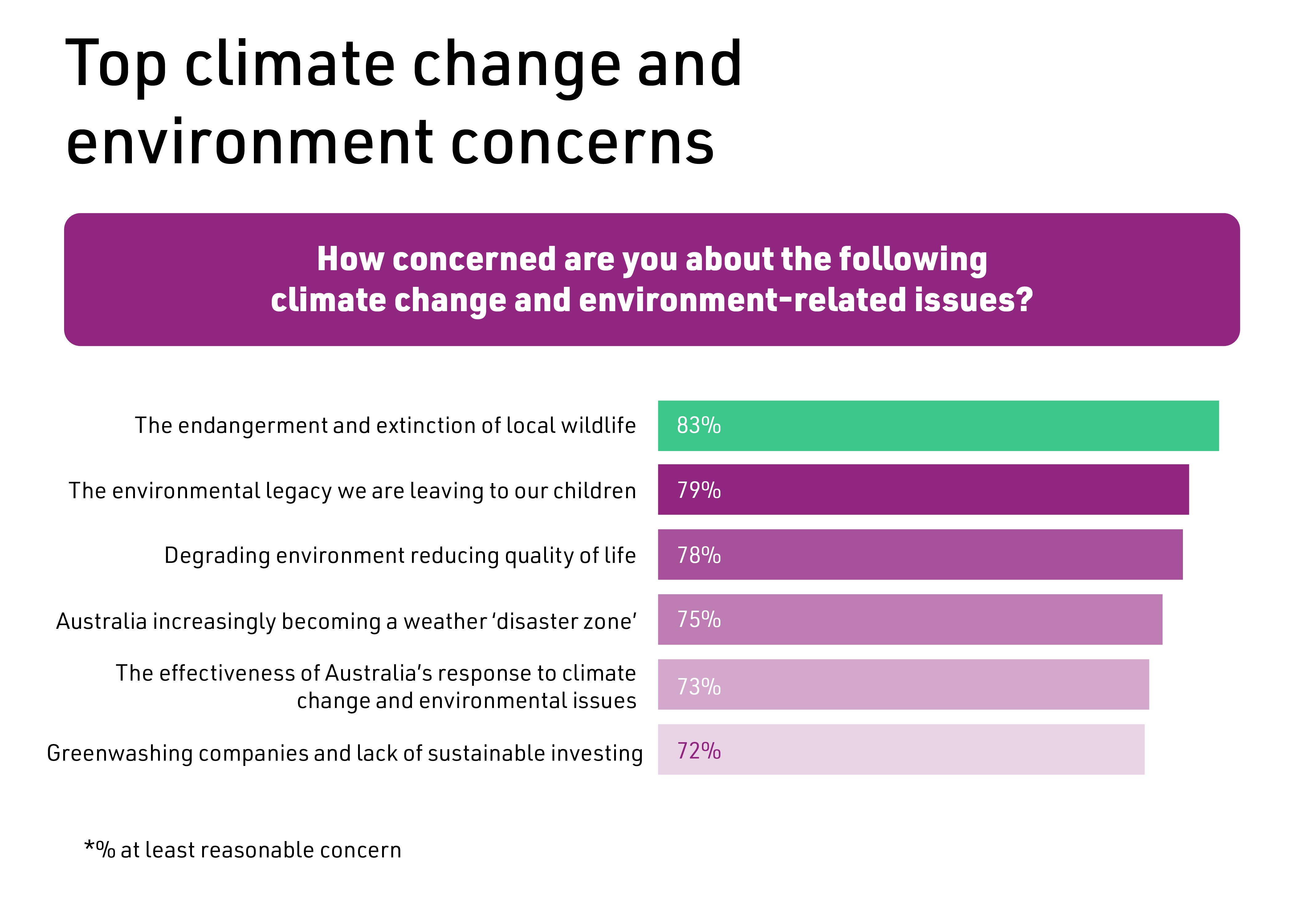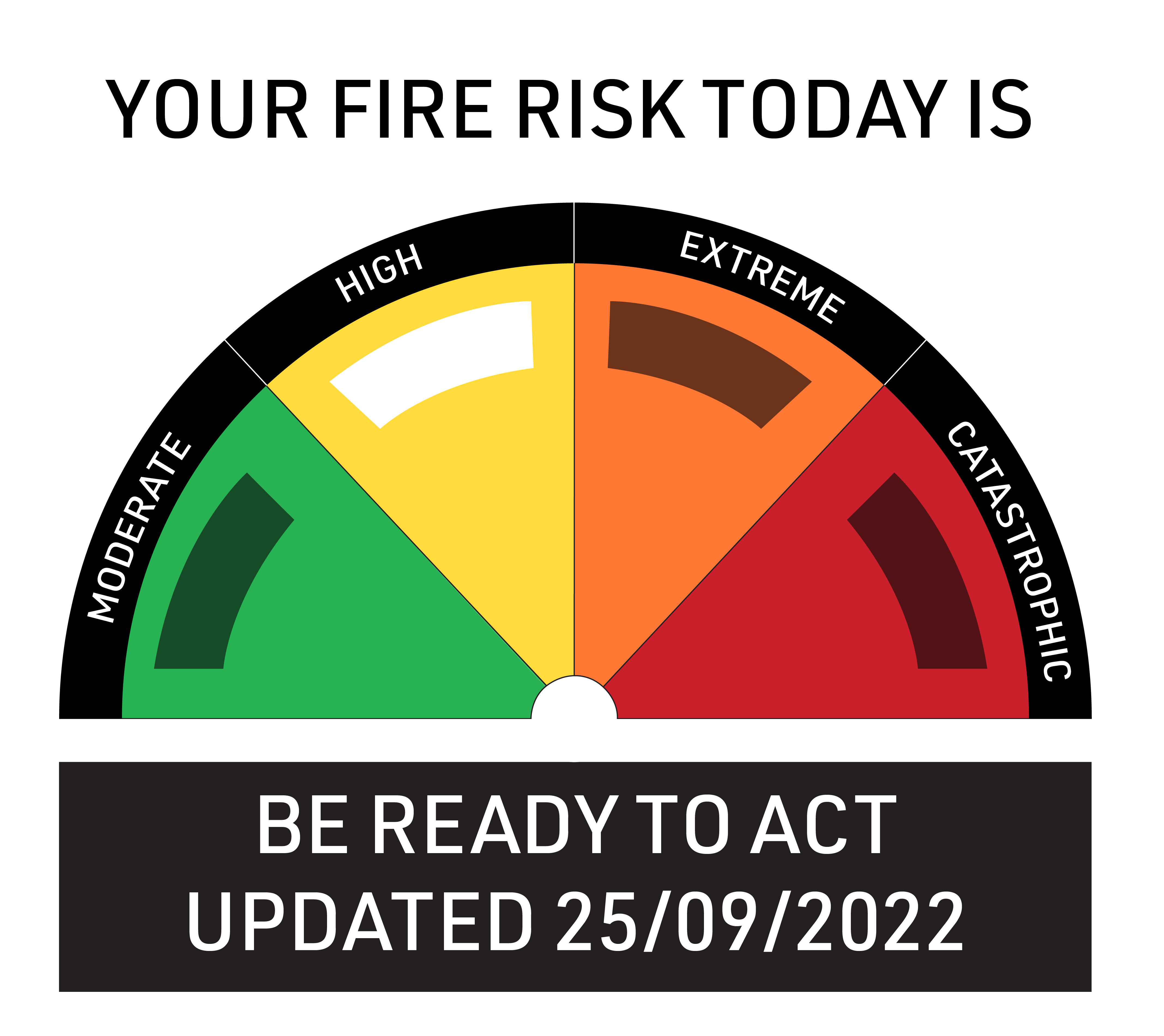5 ways you can protect your home against unexpected events

Life doesn't always go according to plan. When it comes to your home, the unexpected can show up in many ways. A fast-moving storm, rising floodwaters, a nearby bushfire, or even a sudden power outage or break-in can cause more damage than you'd expect.
While we can't control Mother Nature or unwanted intruders, we can take simple steps to prepare ourselves. From improving home security to creating an emergency kit, this guide will walk you through practical things you can do now to protect your home, your family, and your peace of mind.
1. Boost the security of entry points into your home
The first step in protecting your home is making sure it's physically secure. Door, windows, and other entry points are often the most vulnerable parts of a house.
Secure doors and windows against storms and intruders
Windows can be a common entry point for intruders and are also vulnerable to breaking if a snapped branch strikes them during a storm. If you're wondering how to prepare for a cyclone or help keep your home free of intruders, here are some small changes you can make that are a great place to start:
- Install strong deadbolts on external doors.
- Add security screens or storm shutters if you live in a cyclone-prone area.
- Use shatter-resistant glass on vulnerable windows.
- Check all locks and latches regularly, and repair any that feel loose.
- Bring outdoor furniture or loose items indoors when a storm is approaching, as they can quickly become hazardous in high winds.
Seal your home to prevent water and smoke ingress
It doesn't take much for rainwater or smoke to find its way into your home. Tiny gaps around doors or vents can let in the elements, but sealing them can help reduce the damage. Look into weather stripping for doors, caulking for windows and fire-rated seals for vents or garage access points. Not only can this help in an emergency, but it may also lower your energy bills.
2. Start preparing early for bushfire season
According to the Real Concerns Report 2025, 75% of Australians are at least reasonably concerned about the country becoming a weather disaster zone, and 83% of people with infants at home report very strong concerns about extreme weather. These concerns reflect the real and growing risks many families are facing.

If you live in a bushfire-prone area, being prepared is one of the most important ways to protect your home and any people inside.
Bushfire preparation tips for your home
Bushfires can spread quickly, especially in dry or windy conditions, so checking for Fire Danger Rating (FDR) is a critical first step. The rating system is broken up into four different levels:

- Moderate (green): Be ready for anything and prepare your home.
- High (yellow): Get ready to start taking action, or leave early.
- Extreme (orange): Act now if you want to stay safe or protect your property.
- Catastrophic (red): Leave bushfire risk areas immediately for your survival.
If you want to know how to keep your property and household members safe, here are a few simple ways to get started:
- Trim overhanging trees and branches near your roof.
- Remove dry leaves and debris from gutters and garden beds.
- Mow your lawn regularly and keep it short.
- Seal gaps in your roof, walls or under the house where embers could enter.
Prepare for a bushfire with a safety plan
Leaving any affected area early will always be the safest choice. If you're unsure of how to prepare for a bushfire, starting with a bushfire survival plan is one of the most essential and powerful things you can do. Here are some things to keep in mind while you're planning your evacuation:
- Where can you go that's safe and away from the fire?
- What road will you take to get there, and do you have a backup route in case it's blocked?
- What will you take (pets, important documents, personal and irreplaceable items)?
- Who are your emergency contact numbers so they know when you're leaving or have arrived safely?
- How do you plan to stay informed (via emergency apps, local radio stations, or state emergency alerts)?
If in the case that you're unable to leave or choose to shelter in place, these are some things to consider when crafting your bushfire safety plan:
- Are there any household members, like children, elderly relatives, or those with mobility issues, who may need to be evacuated first?
- Do you have all the equipment necessary to stay safe (protective clothing and firefighting equipment)?
- Do you have a backup plan to shelter if the fire overpowers your property and you aren't able to leave?
Writing it down and sharing it with your family makes it much easier to act quickly when every minute counts.
3. Consider if your home may be impacted by flooding
Flooding can occur quickly, and not just in homes located near rivers or creeks. In recent years, many Australians have experienced unexpected flash flooding, blocked drains, or overflows from nearby properties. If your home could be at risk, early preparation can help protect your space and reduce long-term damage.
Be aware of floods in your area
If you're not sure whether your home is at risk, start by checking the Bureau of Meteorology, your local council, or the state emergency service. Many areas have floor mapping tools or risk zones that show where water is likely to accumulate during heavy rain. Then you can take the practical steps necessary to help reduce any impact:
- Elevate any major appliances or important utilities
- Keep important documents and other valuables on upper levels or at least off ground level
- Keep sandbags or temporary barriers on hand if flooding is likely
- Check your drains and gutters regularly to keep water flowing away from your home
Some councils also offer cost of living support in Australia in the form of disaster funds, so it's worth checking what's available locally.
Making a flood disaster kit
Not sure how to prepare for a flood? Start with a kit. If you live in a flood-prone area, here's what to include in your flood disaster kit:
Essentials
- Emergency plans for your family and pets
- Radio and torch with spare batteries
- First aid kit
- Non-perishable food and water
- Candles and waterproof matches
- Map
- Cash
- Whistle to signal for help
- Clothes, bedding and essential toiletries
- Pet supplies (if needed)
Important documents
- A waterproof folder to keep your important documents in
- Photo ID
- Proof of address
- Insurance documents
- Rental leases and landlord details
- Passport, birth and marriage certificates
- Will
Keep your kit in a convenient location, such as a hallway cupboard or near the exit of your home, and check it every few months to ensure it remains up to date.
4. Take steps to improve your home’s fire safety
House fires can start from everyday things — a stovetop left on, an overloaded power board, or a forgotten candle. While not every risk can be eliminated, taking a few fire safety precautions can significantly reduce your chances of a home fire.
Everyday fire safety measures you can implement now
Fire safety doesn't have to be complicated, and these easy steps can make your home safer today:
- Install working smoke alarms on every level of your home and test them regularly
- Avoid leaving cooking unattended, especially when using oil or high heat
- Keep flammable items away from stoves and heaters
- Don't overload power boards or use damaged cords
- Clean your clothes dryer filter after each use to prevent lint buildup
- Blow out candles before leaving a room or going to sleep
It's also a good idea to talk to your family about what to do in a fire. Practise exit routes from each room and ensure everyone knows where the fire extinguisher is located.
Fireproofing your house during renovations or upgrades
No building is absolutely fireproof, but there are steps you can take if you're building or renovating that will help protect you if the occasion arises:
- Using fire-resistant materials like metal, cement, or brick for fences, walls or decks.
- Installing ember-proof vents or screens if you live in a bushfire-prone area.
- Making your entrances, like windows and doors, airtight.
- Creating safe clearance zones between your home and surrounding vegetation.
- Opting for underground electricity cables.
The good thing about these upgrades is that they're not just safe, they can also improve the overall durability and potentially boost the value of your home.
5. Create an action plan for unexpected events
Even with all the right home protections in place, knowing how to respond in an emergency can make a big difference. Having a clear plan helps your household stay calm, stay safe, and make decisions quickly if something unexpected happens.
Creating a household emergency plan
Your emergency plan should be clear, practical and tailored to your household. A few key items to include are:
- The safest way to exit your home in different scenarios, like a fire, flood, or storm
- Where to meet if you become separated
- A list of key contacts, including emergency services, neighbours, doctors, and schools
- Special considerations for pets, kids, elderly family members, or anyone else with health needs
Keep your emergency kits updated and accessible
An emergency kit is one of the simplest ways to prepare for the unexpected. You should also check your kit periodically and update any items that have expired or become irrelevant.
While no one can predict exactly when an unexpected event might happen, being prepared can give you more control, time, and a little more peace of mind.
Keep Reading: Learn everything you need to know about maintaining your home.
Though preparation can go a long way in helping you feel more secure, some events are simply beyond our control. That's where home insurance comes in and can offer an extra layer of protection when the unexpected does happen.
Explore Real Home Insurance to learn how we can help you protect your home and your belongings. Get a free quote online today.
30 Jun 2025

Zoe Ng
Content writer, foodie, crazy cat lady.
With over a decade of experience in Copywriting and Publishing, Zoe has crafted copy and content for brands like AirAsia and leading titles such as Harper’s Bazaar and Women’s Health Malaysia.